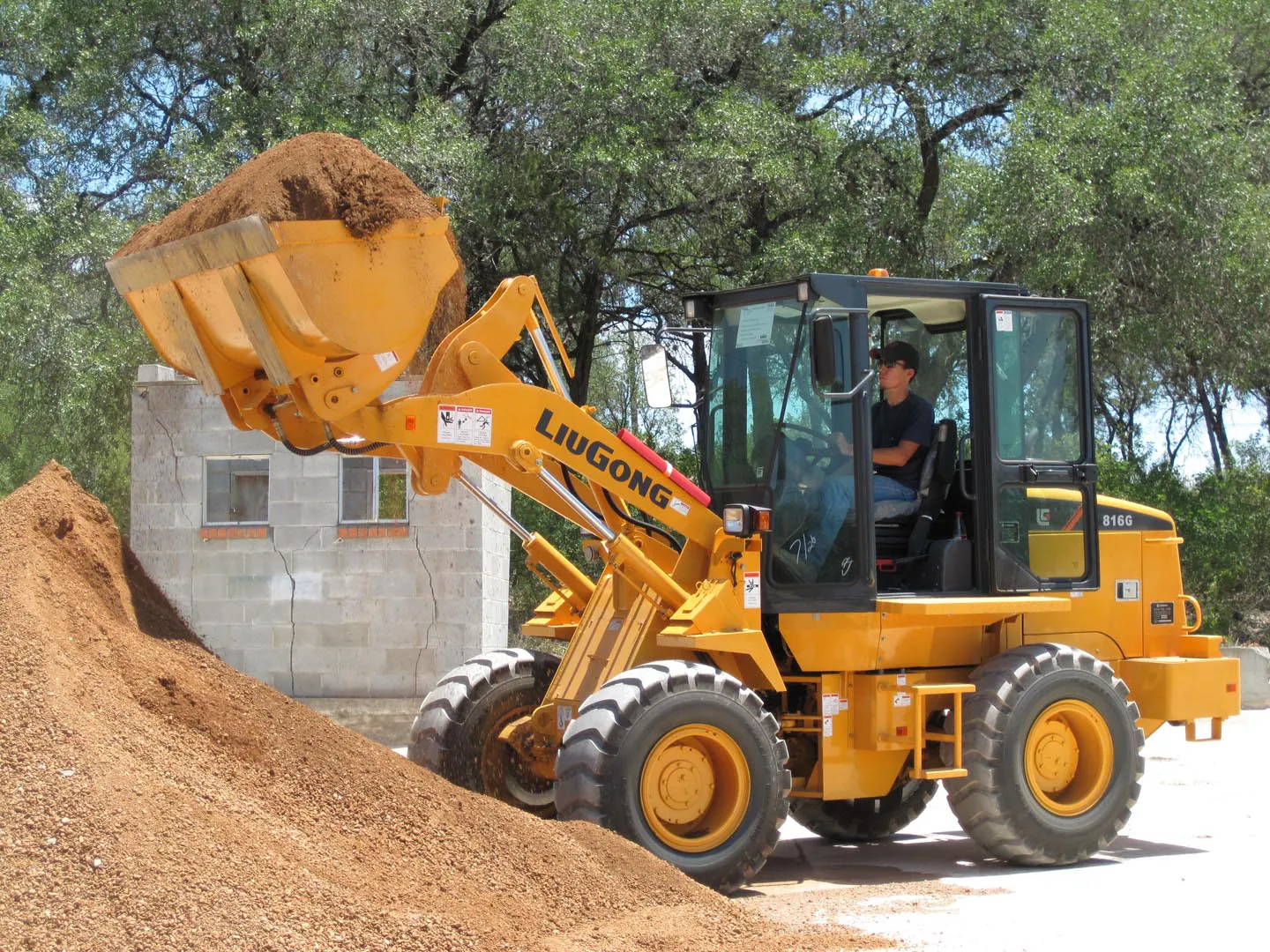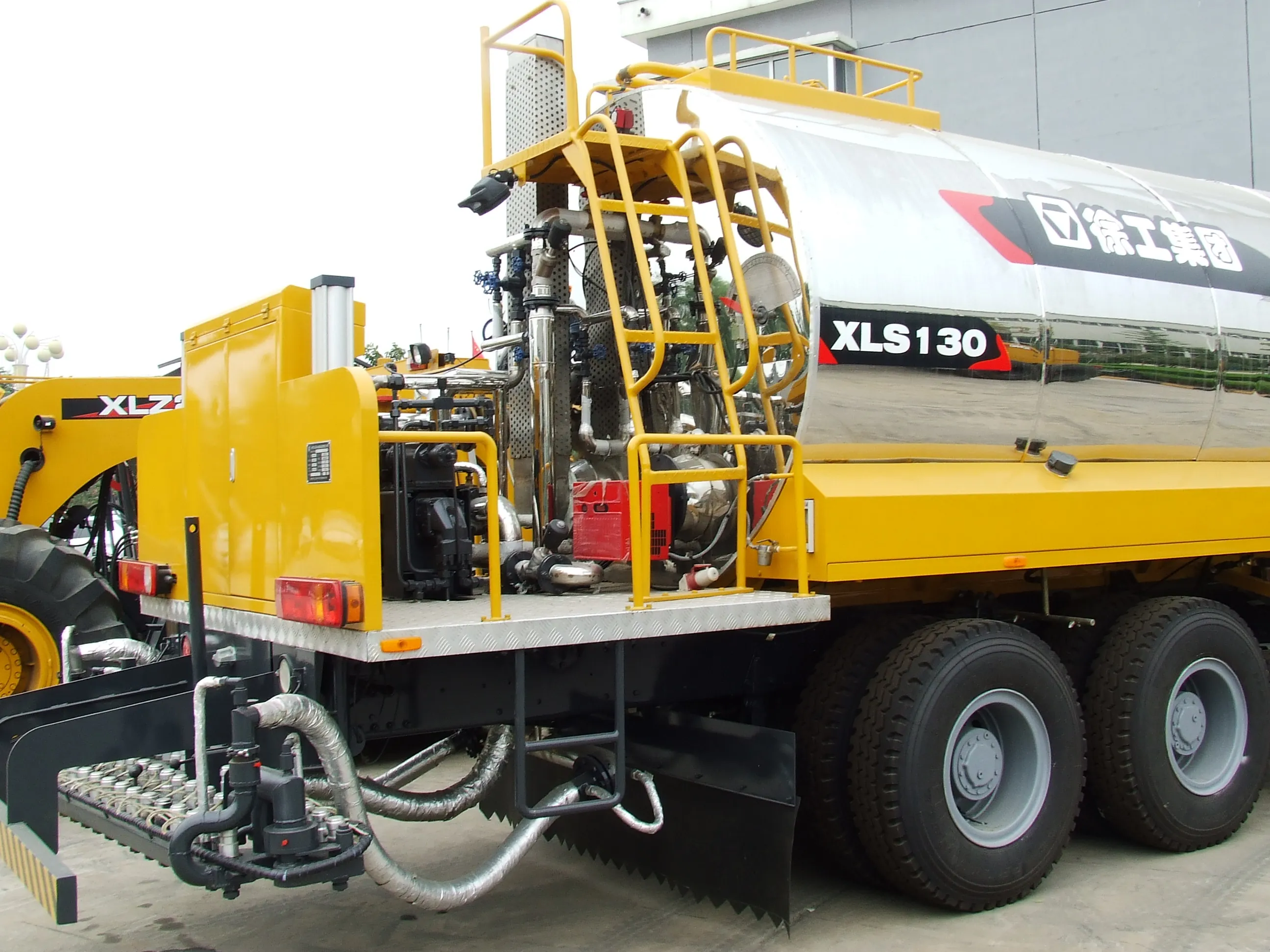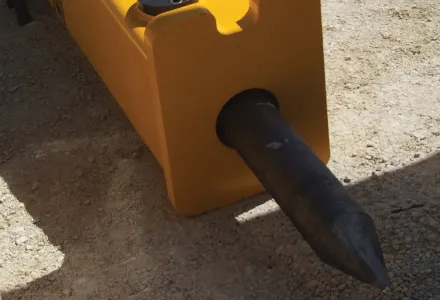LiuGong is widening its wheeled loader line-up with the addition of the compact 816III model. Despite its small size the 5.6tonne 816III is said to have a high power to weight ratio, has a bucket breakout force of 5.45tonnes and features a 0.785m3 bucket as standard. Power comes from a Yanmar diesel rated at 48kW and which meets Tier 3 noise and emission regulations. The market for wheeled loaders represents the biggest off-highway equipment segment in LiuGong's home market of China and the company has a co
July 16, 2012
Read time: 2 mins

The market for wheeled loaders represents the biggest off-highway equipment segment in LiuGong's home market of China and the company has a considerable share of this business with its successful range. Based on this experience, Liugong hopes to capture market share in the competitive North American wheeled loader market with its latest models such as the 816III. Interestingly the machine is being offered in the US market with a three year/3,000 hour warranty package for the power train and hydraulic system; a deal that may help attract customers. The LiuGong wheeled loader range is extensive with the largest model weighing in at 29.5tonnes and featuring a 5.5m3 bucket. LiuGong has a broad product range that also includes excavators, backhoe loaders, skid steer loaders, motor graders, dozers, compaction equipment and mobile cranes.









